Why currants have pale leaves, what to do and how to fix it
Healthy bushes of red, black and white currants should have rich green leaves. If they are covered with a white bloom, brighten or turn pale, this indicates disease, pest damage, lack of nutrients in the soil. What to do if currants have pale leaves, we will consider in the article.
The content of the article
Why do currants have pale leaves
There are no varieties of currants that would have 100% immunity to diseases and pests. Even the strongest and healthiest shrubs become sick and damaged by insects. A symptom of such lesions is pale leaves. It may also be due to a lack of micronutrients or errors in agricultural technology.
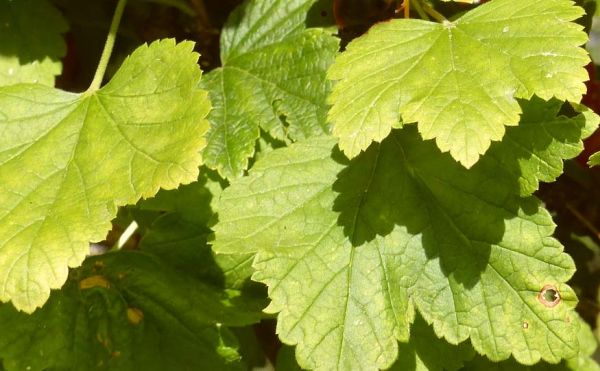
Micronutrient deficiency
The main elements that any garden plant needs are nitrogen, phosphorus and potassium.
With a lack of nitrogen, the leaves become smaller, lose their rich green color, and fall off. Sometimes the color changes to yellow or orange.
With a deficiency of phosphorus, the leaves dry up, the process of flowering and fruit ovary slows down, the immunity of the root system decreases. It is easy to recognize a deficiency of a trace element by the lower leaves - it is on them that the first signs appear.
With a lack of potassium, the shoots weaken, the leaves are deformed, become curly, purple. Potassium is also responsible for the frost resistance of currants.
The plant suffers from a lack of other trace elements:
- Magnesium deficiency causes premature leaf fall, weakening of the shrub, and a decrease in the size of the fruit. Due to a decrease in immunity, currants are more susceptible to infection with mosaics and other viral diseases. At the edges of the leaves are noticeable red stripes and pale light green spots.
- Lack of manganese provokes the appearance of pale and white-yellow traces, and sometimes brown spotting. Due to a deficiency of a trace element, the berries lose their sugar content and juicy taste, the veins turn white.
- Iron deficiency symptoms: small fruits, shrub growth retardation, yield reduction. On berry crops, a continuous whitening of leaf plates is observed.
- Zinc deficiency can be recognized by wrinkled and pale leaves, thin and brittle shoots, the appearance of brown spots on the fruits.
- Due to the lack of boron leaves fall ahead of time, apical points slow down in development, fruits are loosely tied.
Wrong landing site
Red and black currants prefer moist planting sites that are exposed to the sun and protected from drafts. The berry bush is planted in both hilly and lowland areas.
Distance between bushes should be at least 1.5 m. Popular places for the plant are along the fence or in the corners of the site.

It is forbidden to plant currants:
- in wetlands;
- on lands located near underground groundwater;
- in pits and depressions.
When planted in the wrong place, the leaves of black and red currants become pale green, the shoots are weak, the berries are small. It is not recommended to plant currants near raspberries or fruit trees - these plants take away nutrients from it and shade. Suitable neighbors are honeysuckle or gooseberry.
Attention! Currants love fertile soils with sandy loam or clay composition and neutral acidity. If the earth is acidic, summer residents add lime.To improve the fertile qualities, the planting pit is fertilized with organic matter: rotted manure or chicken droppings, biohumus, compost, peat.
Agrotechnical errors
Despite the fact that caring for currants consists of simple techniques and rules, some summer residents still make mistakes:
- irregularly watered bush;
- do not dig up the soil before planting;
- bushes are planted at a distance of less than 1.5 m from each other;
- dark and windy areas are chosen for landing;
- do not check the acidity of the soil;
- use cold water for irrigation;
- mulching is neglected;
- loosen the ground to a depth of more than 7 cm;
- do not remove weeds and debris;
- bring in mineral and organic feeding in a chaotic manner;
- do not examine shrubs for diseases or pests.
Diseases
The leaves lose their rich green color due to diseases - fungal, viral or bacterial. Most of them actively spread during periods of high humidity and high temperatures, and are also carried along with wind, rain, insects and animals:
- Powdery mildew- a fungal disease that affects old and young shrubs. Distributed in the regions of central Russia and in the south. The leaves turn from green to light green, then covered with a white bloom. The affected berries are deformed and fall off, the leaves become weak and dry.
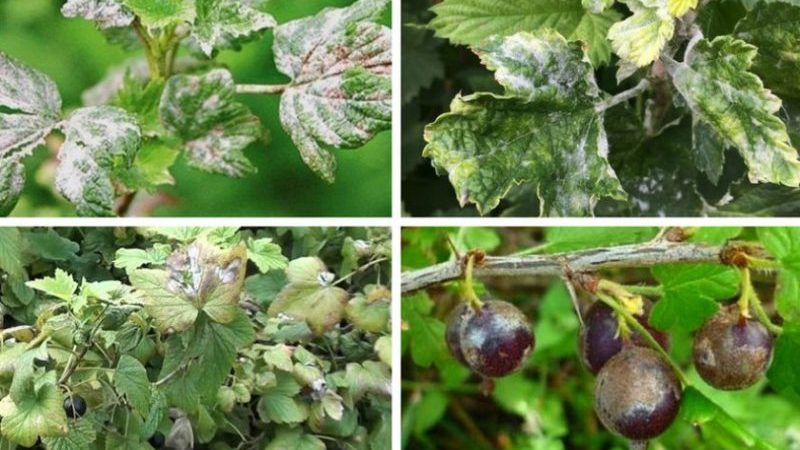
- White spoteasy to recognize by white spots on the leaf surface. Spores of the fungus hibernate in the soil, and with the arrival of spring they infect the plant. Excessive moisture and an excess of mineral dressings contribute to the development of the disease.

- Tuberculariosis - wilting of currants. Infection occurs in early spring, and the first signs are visible only in early June. If you do not take action in time, the shrub will die by the fall.
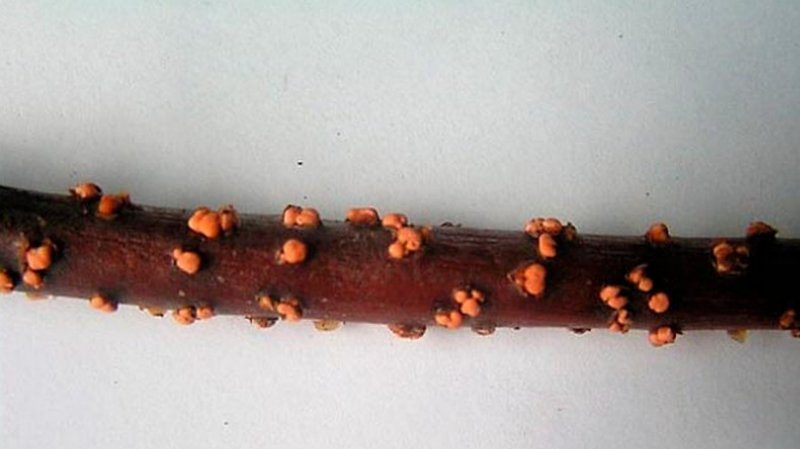 Tuberculariosis
Tuberculariosis
Pests
Insect pests cause metabolic disorders, take vitamins and microelements from the plant. Some insects feed on leaves and shoots, others on roots, and still others eat only fruits. Both adults and numerous larvae are harmful.
The following pests cause pale color of leaves, drying of shoots and a decrease in yield:
- Gall aphid lives on the inside of the leaves, sucks the juice out of them. Eggs overwinter on shoots, are frost-resistant, it is difficult to get rid of them.
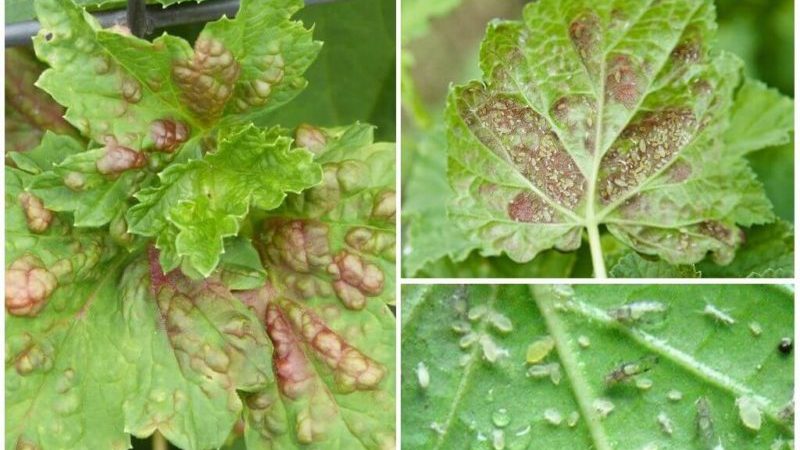 Gall aphid
Gall aphid - Whitefly strawberry sucks the sap from the plant, making it weak. This is reflected not only on the leaves and shoots, the fruits deteriorate - the berries become smaller, lose their taste and juiciness.
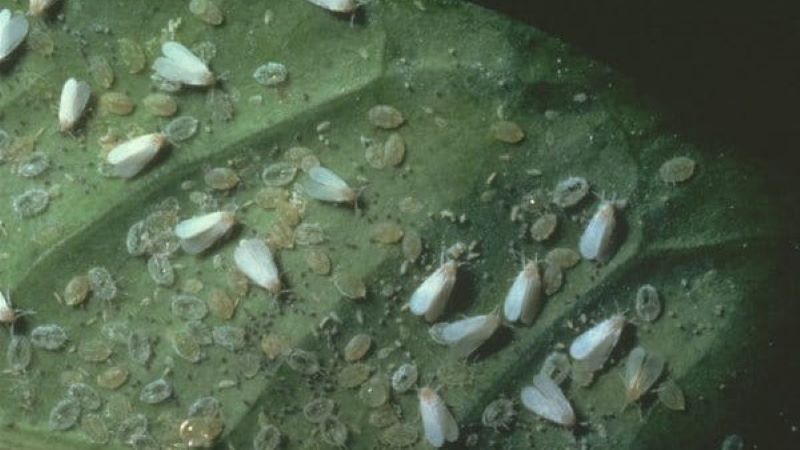
- Kidney moth attacks white and red currants, eats their buds. In the bush, the fruit ovary decreases, flowering slows down.
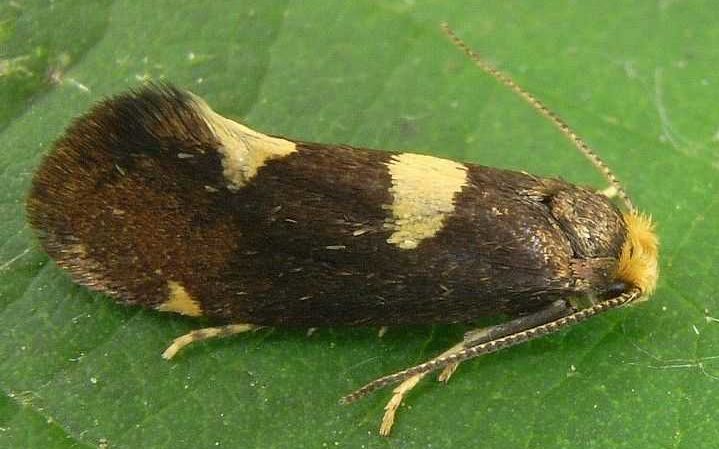 Kidney moth
Kidney moth
What to do if currants have pale leaves
First of all, identify the cause of the problem. If it is a disease or pest, remove diseased shoots and burn them at a distance of at least 10 m from the garden plot, then prepare a solution and spray the shrub.
Treatment of some diseases requires an integrated approach, therefore, in addition to spraying, currants need watering and loosening the soil.
There are diseases (for example, terry), after infection with which the plant does not respond to treatment. In this case, the bush is dug up and burned, and the remaining crops are treated with prophylactic agents: a solution of copper sulfate, "Zircon", "Fitosporin".
What to change in care
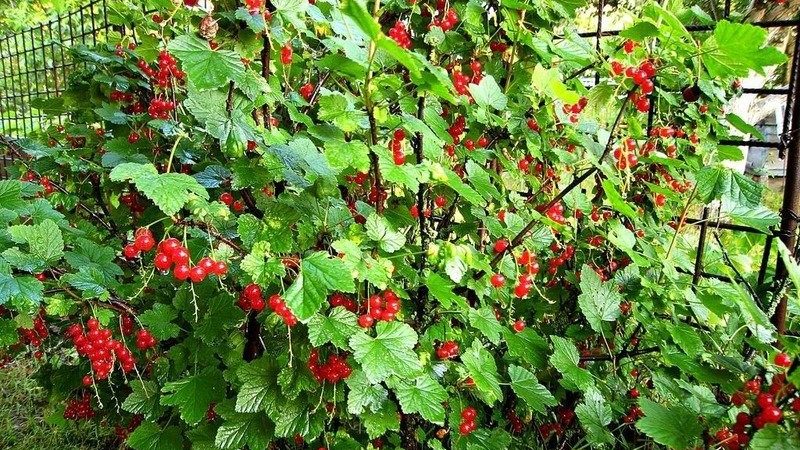
If the currant is constantly sick, this is a sign of improper care.... It is recommended to start with watering: moisten the soil every 5-7 days, use about 5 liters of water per bush. Do not hit the leaves and shoots, the stream of water should be directed at the root. For the plant to bear fruit well, 2 times a month it is watered with infusion based on tomato tops. A folk remedy strengthens the immunity of the currant and protects it from diseases.
Problems with berry bushes also arise due to improper conduct trimming... Sometimes summer residents do not comply with the terms of the procedure or leave uneven cuts on the bush, and fungi and viruses appear in the wounds. It is important to remember that for trimming only a sharp pruner is used, it is disinfected, and the sections are lubricated with garden varnish.
Reference. What is the plant lacking if all the rules and recommendations are followed? Perhaps the variety is not suitable for growing in a particular region, or a diseased seedling was purchased. Also, the reasons lie in the peculiarities of the soil, the proximity to other crops, the wrong selection of dressings.
How to feed
The choice of fertilizers depends on what stage of development the shrub is and what elements it needs. For example, at the beginning of the growing season, currants need nitrogen. It is found in ammonium nitrate, urea, slurry. If signs of phosphorus starvation are detected, superphosphate or potassium monophosphate is added under the bush. If there is not enough potassium, dressings are made based on potassium chloride, ash, potassium salt.
After treatment for diseases or pests, currants need complex feeding... It contains mineral and organic substances. These drugs include "Gumi-Omi", "Magic Watering Can", "Krepysh". Purchase them in shops for the garden and vegetable garden.
From folk remedies, summer residents choose fertilizers based on dry yeast. Cooking requires 30 g of dry yeast, 100 g of sugar, 5 liters of warm water. The solution is insisted for 3 days, stirring occasionally. Then diluted with water in a ratio of 1:10 and used for irrigation.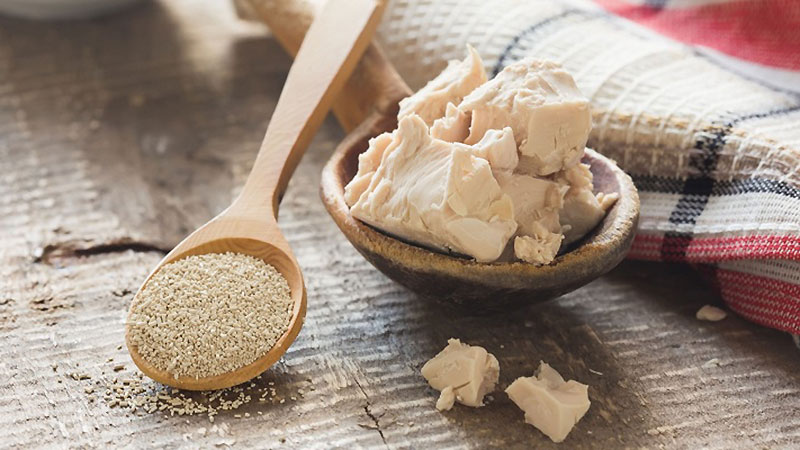
Tips from experienced gardeners
To protect the currants, it is important to constantly monitor the appearance of the shrub, inspect the foliage from the inside and outside. Since spring, summer residents have sprayed currants with a solution of Bordeaux liquid.
If the currant leaf begins to turn pale, this signals a lack or excess of trace elements, infection with a disease. In this case, gardeners immediately treat the bush with systemic fungicides.
Conclusion
The reasons for the pale color of the leaves are non-compliance with agrotechnical rules, an inappropriate planting site, the appearance of diseases and pests. To quickly solve the problem and save the harvest, preventive or therapeutic measures are taken.
If the pallor is the result of a lack of trace elements, suitable top dressing is introduced into the soil. If the color has changed due to waterlogging, the timing of watering and their amount are revised.